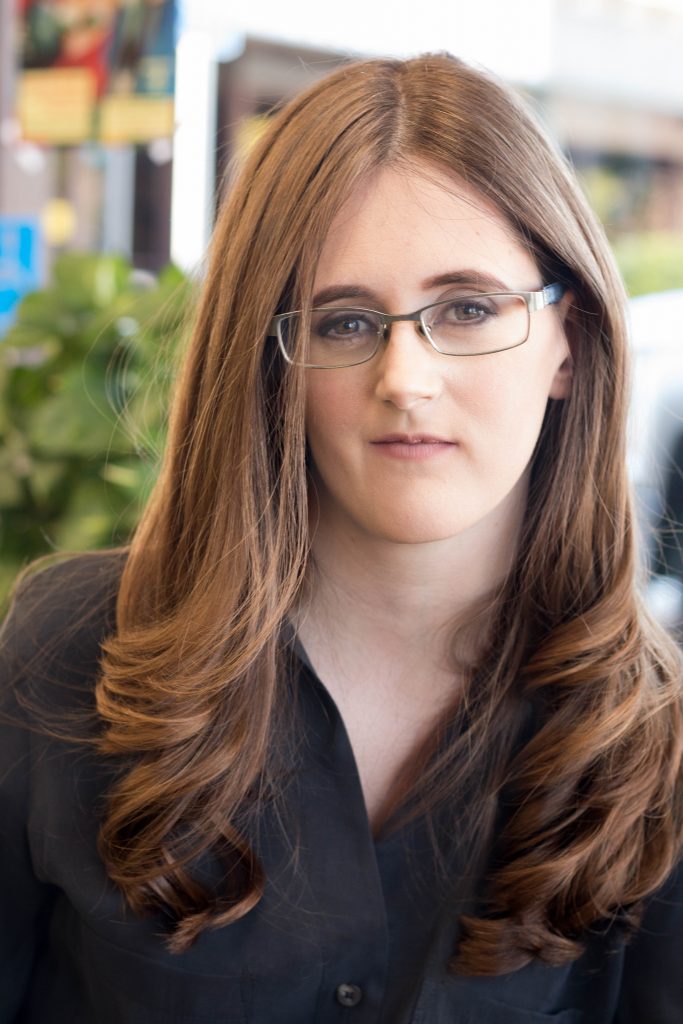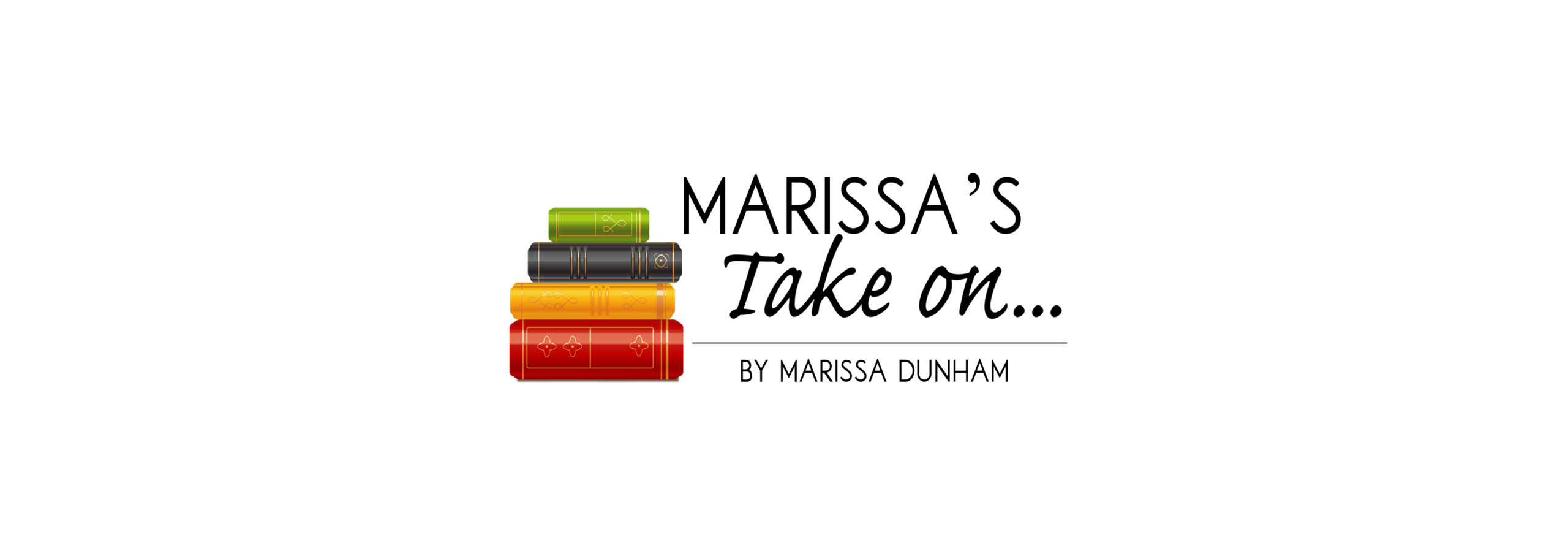By Marissa Dunham //
How do you approach revision? Books on revision are as good a place as any to start.
It’s important to know that whatever you may learn from these books, revision isn’t a linear process and not every self-editing tip will work for every project consistently. You should not feel discouraged either if you have multiple drafts of a project. As Margaret Atwood says in her Masterclass, “…remember you can always revise.”
Getting to that point when your book is done is a skill you learn overtime. But the more you practice revision, the more in tune you will be with your book’s needs and get that much closer to knowing you’ve written a great book.
Several of the recommendations on today’s list were published in the last two years. The list has been curated to be both meaningful for writers and also relevant.
Here are the five!
- Self-Editing for Fiction Writers: How to Edit Yourself Into Print, Second Edition by Renni Browne and Dave King
Self-Editing for Fiction Writers is a title that appears on several syllabi for online creative writing courses. The book’s value is in its practical advice and exercises. You will learn how to separate writing time from editing time, reading aloud, and from titles you love. The book is about 288 pages and is a good choice for beginners learning how to create systems for revision. - Refuse to Be Done: How to Write and Rewrite a Novel in Three Drafts by Matt Bell
A writing guru, Lincoln Michel, whose newsletter I admire recommended this book. And I’m passing the recommendation on to you. Refuse to be done is a book on revision for fiction writers. Good for beginners and those wanting to fine tune their process, this is a kind craft book full of wisdom and practical applications. Bell is a writing instructor for advanced classes, and he includes many practical tips in his roughly 168-page book. You’ll learn skills and tips you might not have thought of before like predictive reading, changing margins to make the work feel like it’s coming on faster, three draft revision process, and more. The book is a wealth of knowledge that will surprise even the veterans with its advice. - Self-Editing for Self-Publishers: Incorporating: A Style Guide for Fiction by Richard Bradburn
Bradburn creates a book that caters to the specialized needs of self-published authors. His explanations about this niche market, despite the book being roughly 410 pages, are to the point and no nonsense, and, happily, thorough – which makes this book a refreshing reading. Everything from fiction to memoir and style guides to dialogue tags is covered. It’s a great book that’s sure to inspire and give confidence to writers publishing on their own time and money. - It Was the Best of Sentences, It Was the Worst of Sentences by June Casagrande
The book’s first chapter, “Chapter 1 Making Sentences Meaningful for Your Reader,” sets the tone for how Casagrande approaches teaching writers how to revise. It’s the perfect book for learning how to fix problem sentences – relative clauses, participles, vague word choice, and semicolons – because her writing style makes learning a partnership. Her breezy, short chapters and humorous chapter titles are full of great information, and this palm-sized, 214-page book, including the index, is enjoyable to read. - On Revision: The Only Writing That Counts by William Germano
A solid book of about 208 pages for nonfiction writers on revision. Germano has a long history in the publishing industry. The book’s focus is more on mindset than practicality, but you’ll get out of this book a foundation for revision with healthy, reliable methods that won’t leave you spent at the end of a project. You’ll learn the value of reading your work out loud, listening to your gut, and allowing the book to show you what it wants to be. It’s a great resource for those looking to learn revision.
Marissa’s Take Practice Exercise: Be Rigorous! Retype!
Take a story you’ve been working on and retype it on a blank document, self-editing at the sentence level as you go.
The benefit of retyping your manuscript from a blank page is that you will fill in sentences and transitions that were missing as you go. The activity is similar to editing sentences from the last sentence in your manuscript to the first. Your brain isolates the sentences and helps you edit with fresh eyes. Best to use this method with a piece close to done. I learned this practice during an undergraduate workshop with Michelle Latiolais.

MARISSA DUNHAM is a writer and freelance editor. She spent the early part of her career in educational publishing, but now spends most of her time editing literary fiction, magical realism, and middle grade fiction. She lives in Southern California, where she enjoys bringing new life into the world by planting tomatoes and flowers in the garden.

